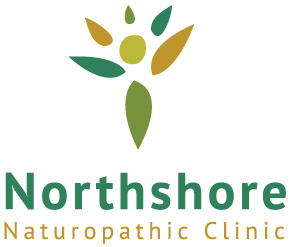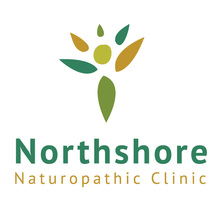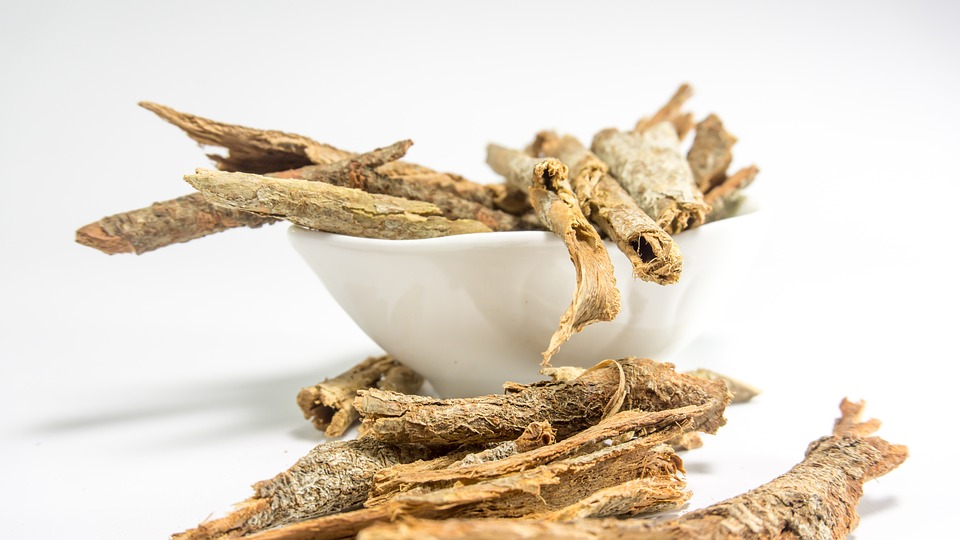As many of us are already aware, sugar is detrimental to our health. In Eating Alive II , Dr. Matsen explains that sugar slows down the Phase II liver detoxification enzymes and feeds the yeast that may inhabit the small intestine, leading to an overgrowth of yeast. These two factors force the liver to work harder and become overloaded, leading to all sorts of digestive problems and other chronic illnesses. For example, excessive consumption of sugar contributes to weight gain, food cravings, blood sugar problems, fatigue, dental caries, mood swings, suppressed immune system, diabetes, premenstrual syndrome, and a whole host of other health problems.
Mention the word ‘sugar’ and most of us think of the white refined stuff that we commonly use in our baking and add to our tea and coffee. But sugar comes in various forms and is added to many of the processed foods on the grocery store shelves. Sugar and artificial sweeteners are added to beverages as well; soft drinks contain large quantities and many fruit drinks have added sugar.
As Ann Louise Gittleman states in her excellent book, Get the Sugar Out: 501 Simple Ways to Cut the Sugar Out of Any Diet, sugar “can be listed as any of the following: barley malt, beet sugar, brown sugar, buttered syrup, cane-juice crystals, cane sugar, caramel, carob syrup, corn syrup, corn syrup solids, date sugar, dextran, dextrose, diastase, diastatic malt, ethyl maltol, fructose, fruit juice and fruit juice concentrate, glucose, glucose solids, golden sugar, golden syrup, grape sugar, high-fructose corn syrup, honey, invert sugar, lactose, malt syrup, maltodextrin, maltose, mannitol, molasses, raw sugar, refiner’s syrup, sorbitol, sorghum syrup, sucrose, sugar, turbinado sugar, xylitol, and yellow sugar.”
Artificial sweeteners such as sugar alcohols, aspartame, sucralose, saccharin, and acesulfame-potassium are definitely not a good choice as an alternative to sugar. Sugar alcohols such as xylitol, sorbitol, and mannitol—often found in sugarless gum and breath mints—can contribute to gastrointestinal problems such as diarrhea and cramping when consumed in large amounts.
Aspartame consists of phenylalanine, aspartic acid, and methanol. Phenylalanine and aspartic acid are two amino acids that don’t naturally occur together and when they are not accompanied by other amino acids, they are neurotoxic. Phenylalanine breaks down into a substance that is a brain tumor agent and it can also increase cravings for carbohydrates and sugar. Methanol (wood alcohol), which makes up 10% of aspartame, is a toxic poison even at extremely low doses. It breaks down into formic acid and formaldehyde (a deadly neurotoxin) in the body. Symptoms from the use of aspartame are numerous; in 1994, it accounted for more than 75% of all non-drug adverse reactions reported to the FDA.
Because it is made from sugar, many people believe that sucralose is natural but the opposite is true. Sucralose is a chlorinated compound—it is produced by adding 3 chlorine atoms to a sugar molecule. So when you consume anything with sucralose in it, you are actually ingesting chlorine. No long-term human studies have been done to determine if sucralose has any potential health effects and no independent controlled studies on humans have been done.
You should avoid all artificial sweeteners if you are trying to regain or maintain good health. And if you think that they are the answer to weight loss, be aware that there is no clear-cut proof that they are effective in this regard but there is some evidence that they may stimulate the appetite.
So what are the alternatives? As discussed in last month’s (July 2005) Health Tip, stevia and Chicolin™ are two natural sweeteners that you can use to replace sugar in your cooking, baking, and beverages.
Other healthy alternatives to white sugar are:
- Pure maple syrup—contains minerals, especially potassium and calcium.
- Blackstrap molasses—also contains minerals, particularly iron and calcium.
- Unpasteurized honey—contains small amounts of minerals and enzymes.
- Sucanat—the evaporated juice of sugar cane. It is golden brown in color, looks like sugar, and contains the natural nutrients of sugar cane. The process for making Sucanat is totally different from the refining of white sugar.
- Barley malt—made by fermenting barley, so it has some of the nutrients that are present in barley.
- Brown rice syrup—made by fermenting brown rice, so it has some of the nutrients that are present in brown rice.
- Date sugar—made from dried dates, it contains minerals and fiber.
- Unsweetened applesauce—can be used in place of sugar in oatmeal and baked goods.
It’s important to remember to use these natural sweeteners in moderation (in small quantities and not all the time) and only if you do not have an overgrowth of intestinal yeast. Other healthy ways to sweeten foods are to use natural extracts (vanilla, almond, lemon, and mint) and spices such as cinnamon, nutmeg, cloves, and ginger.
Following the Eating Alive Program will help you to lose your desire for sweet foods and beverages. For suggestions on how to curb your sugar cravings, see the Health Tip for January 2004 “Taming a Sweet Tooth” as well as Gittleman’s book Get the Sugar Out.
For healthy treats to cool you down during hot weather, see this month’s recipe for Frozen Berry Yogurt Pops, Frozen Cranberry Pops, Frozen Lemon Pops, and Frozen Fruit Puree Pops.



